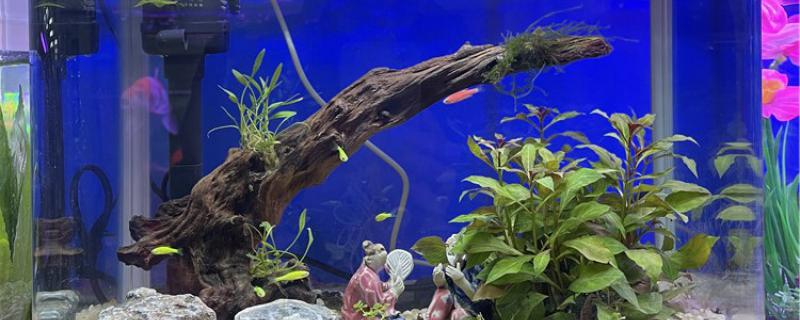
? If you want to change the water for the fish without harming the fish at the same time, you must first treat the new water. Fish are usually raised with tap water, which, although disinfected, has no pollutants, but also contains a small amount of residual chlorine, which is harmful to the health of fish. The method of dechlorination is very simple, mainly drying the water for a few days. In addition, we should also pay attention to the frequency and amount of water change, too much too often, will also hurt the fish, usually five to seven days only need to change once. It is better to keep the same temperature before and after changing the water, so as not to make the fish feel uncomfortable.
tap water 1. Drying treatment: The simplest way to deal with tap water is the drying method. Put the water in a sunny place to dry for about 1-3 days. This method does not require any cost. The treatment time is related to the season. In summer, it takes one day, and in other seasons, it takes 2-3 days.
2. Aeration treatment: If you feel that the drying time is relatively long, you can adopt the aeration method, that is, put the air head of the oxygen pump into the water for oxygenation, which can also accelerate the volatilization of chlorine. In the case of not much water change, aeration can be used, which usually takes only a few hours.
3. Medication: Medication is rarely used at home and is usually required to treat large quantities of tap water in aquarium stores. There are many kinds of chlorine removers, and attention should be paid to the dosage in order to avoid the harm of drug residues to fish.